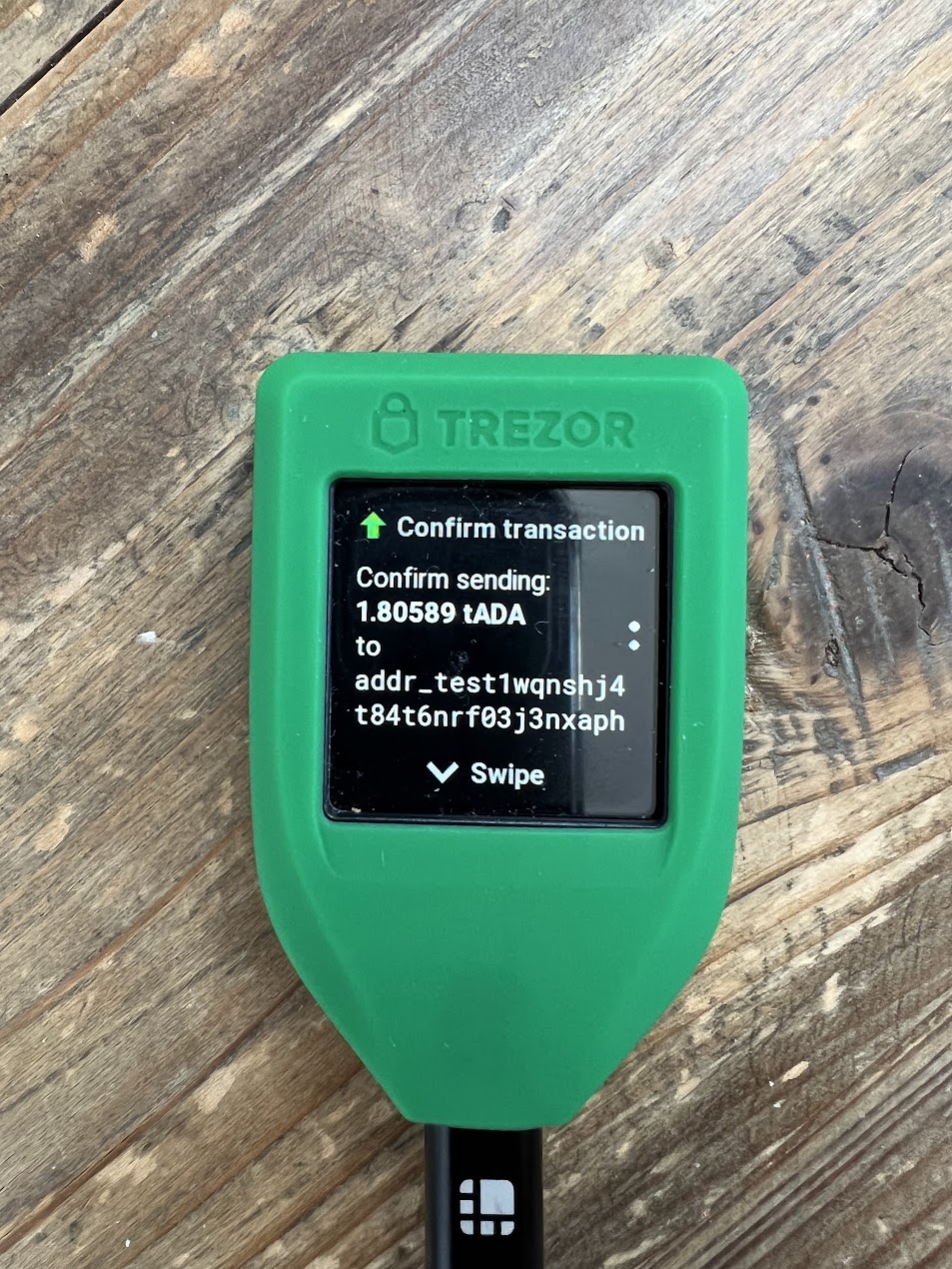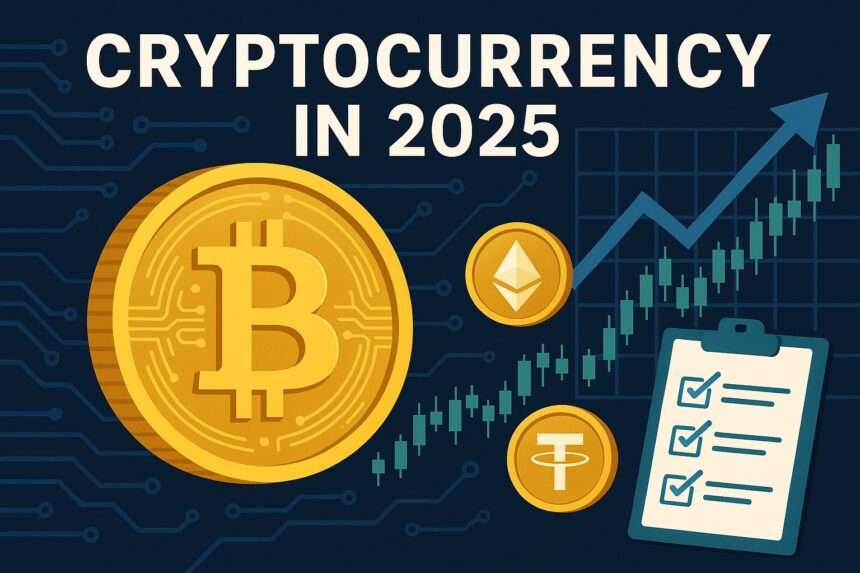
Crypto in 2025 represents a major turning point for the digital asset industry. Once considered a risky and experimental sector, cryptocurrency is now becoming a mainstream part of the global financial system. Over the last decade, we’ve seen massive swings in prices, regulatory battles, and technological breakthroughs. But in 2025, the focus has shifted toward clarity, innovation, and real-world momentum that goes far beyond speculative trading. In this guide, we’ll break down the most important developments, trends, and opportunities shaping the future of crypto this year.
Regulatory Clarity: Building Trust and Stability
Perhaps the biggest change for crypto in 2025 is the introduction of clearer and more consistent regulations. In earlier years, the lack of rules made it difficult for traditional institutions to engage with the industry. Now, frameworks like the European Union’s Markets in Crypto-Assets (MiCA) regulation and similar initiatives in Asia and North America have created a stable environment for innovation. For example, under MiCA, companies issuing stablecoins must meet strict reserve and audit requirements, which reassures both consumers and regulators.
This clarity has opened the doors for pension funds, insurance companies, and hedge funds to enter the market. It has also reduced the number of fraudulent projects, as compliance standards now require teams to meet licensing and disclosure rules before launching new tokens or exchanges. For retail investors, this means greater protection and a more transparent marketplace. For tax and reporting implications, see our guide: Crypto Taxes 2025 (EU/US/UK): Simple Rules & Common Mistakes.
Innovation in Blockchain Technology
Technological innovation continues to fuel crypto in 2025. Networks like Ethereum, Solana, and Avalanche have rolled out next-generation scaling solutions that make transactions faster and cheaper. Layer-2 technologies—such as rollups and sidechains—are now capable of processing thousands of transactions per second without compromising security.
Zero-knowledge proof systems have become a key breakthrough, allowing users to verify transactions without revealing personal details. This enables privacy-preserving applications while staying compliant with regulations (see zk-rollups explained). Cross-chain interoperability has also advanced, making it possible to send digital assets from one blockchain to another, opening the door for more complex decentralized finance (DeFi) ecosystems.

Real-World Use Cases Beyond Speculation
By 2025, crypto is no longer limited to investment and trading—it’s deeply embedded in everyday applications. Retailers now accept stablecoins alongside traditional payment methods, especially in e-commerce. International freelancers often choose to get paid in cryptocurrency to avoid high bank transfer fees and long processing times. In countries facing inflation, such as Argentina and Turkey, stablecoins have become an unofficial parallel currency.
Outside of finance, blockchain is powering supply chain tracking for industries like food, pharmaceuticals, and luxury goods. Healthcare providers are exploring blockchain for secure patient record storage, ensuring privacy and reducing administrative errors. Governments are even piloting blockchain-based voting systems to improve election transparency.
Institutional Adoption Reaches New Heights
Institutional adoption of crypto in 2025 is stronger than ever. Wall Street giants have launched spot Bitcoin and Ethereum exchange-traded funds (ETFs), making it easier for traditional investors to gain exposure. Major payment processors offer integrated crypto payment gateways for merchants worldwide (see Visa Crypto Solutions and Mastercard Crypto Partnerships).
Banks are also getting involved. Some now allow customers to buy, sell, and hold cryptocurrencies directly within their accounts. Others are exploring tokenized bonds and securities, creating a bridge between traditional finance (TradFi) and decentralized finance (DeFi). For exchange choice and user safety, see our comparison: Best Crypto Exchanges 2025: Fees, KYC & Proof-of-Reserves.
DeFi, Web3, and the Next Digital Economy
The DeFi sector in crypto in 2025 has evolved far beyond high-risk experimental projects. Regulated DeFi platforms now offer lending, borrowing, and savings products with interest rates competitive with traditional banks. Decentralized Autonomous Organizations (DAOs) are managing large treasuries, funding startups, and supporting humanitarian causes.
Web3 applications are reshaping industries by giving users ownership of their data and digital identities. In gaming, blockchain-based assets can be bought, sold, or traded across different platforms. In entertainment, music and film royalties are automatically distributed to creators through smart contracts. If you’re new to this area, start with our Beginner’s Guide to DeFi.
Security and Risk Management
Security remains a top priority for crypto in 2025. The industry has learned from the high-profile hacks and scams of previous years. Multi-signature wallets, biometric verification, and cold storage solutions are now standard for large asset holders. Insurance providers offer policies that cover crypto assets against theft and cyberattacks, providing extra protection for both retail and institutional users.
Educational campaigns have also improved investor awareness. Exchanges and community groups host workshops to teach people how to recognize phishing, safeguard private keys, and verify project legitimacy. For a step-by-step setup, read our guide: Protect Your Crypto: Best Practices for Secure Storage.

Global Economic Impact
The global economy is feeling the effects of crypto in 2025. Cross-border payments have become cheaper and faster, especially for small businesses and migrant workers sending money home. For policy context, see the BIS cross-border workstream: BIS — Cross-Border Payments.
Some countries are adopting central bank digital currencies (CBDCs) alongside cryptocurrencies, blending state-backed stability with blockchain efficiency. For Europe, learn more about the digital euro: ECB — Digital Euro.
Preparing for the Future
For individuals, preparing for crypto in 2025 means staying informed, diversifying portfolios, and using secure storage methods. Long-term investors focus on projects with strong fundamentals and real-world utility. Businesses should explore blockchain integrations in payments, logistics, or identity verification to stay competitive. If you’re evaluating platforms, revisit: Best Crypto Exchanges 2025.
Potential Challenges
Despite progress, there are hurdles. Market volatility remains, cybersecurity threats evolve, and interoperability—while improved—still needs work. Regulatory divergence between jurisdictions can complicate global operations, underscoring the need to monitor policy updates and maintain robust compliance programs.
Looking Beyond 2025
Looking ahead, the gap between traditional finance and decentralized finance will continue to close. We may see AI-driven financial advisors that operate entirely on blockchain, tokenized real-world assets, and further integration of crypto into everyday devices. Over time, the distinction between “crypto” and “mainstream finance” will fade, creating a unified digital financial ecosystem. For trade applications, see our explainer: Blockchain Adoption in Global Trade.
In short, crypto in 2025 is about more than price speculation—it’s about building a more transparent, efficient, and inclusive financial future. By understanding these trends, you can position yourself to benefit from the next wave of digital innovation.

Authoritative Sources
- European Commission — MiCA
- Ethereum.org — L2 Scaling | ZK-Rollups
- BIS — Cross-Border Payments Programme
- ECB — Digital Euro
- Visa — Crypto Solutions | Mastercard — Crypto Partners
Image Credits
- Bitcoin ATM photo — Wikimedia Commons file “Bitcoin_ATM_(22156760223).jpg”. License and author as listed on the file page.
- Blockchain Illustration — Davidstankiewicz, “Blockchain Illustration,” CC BY-SA 4.0 via Wikimedia Commons.
- Trezor Model T — FlippyFlink, “Trezor Model T,” CC0 via Wikimedia Commons.
- European Commission building — Pixabay contributor Jai79 (CC0) via Wikimedia Commons.




